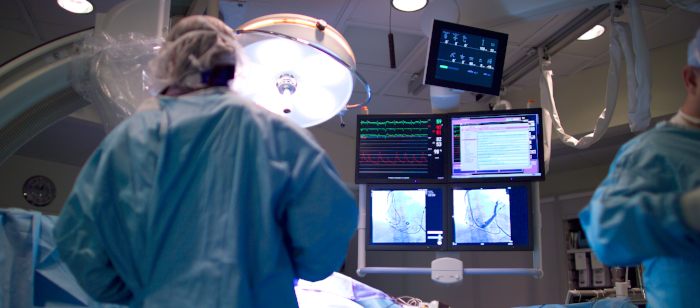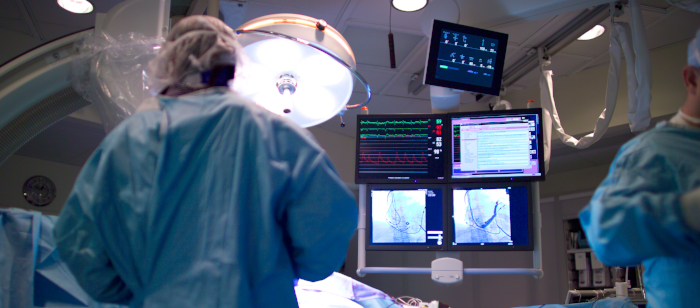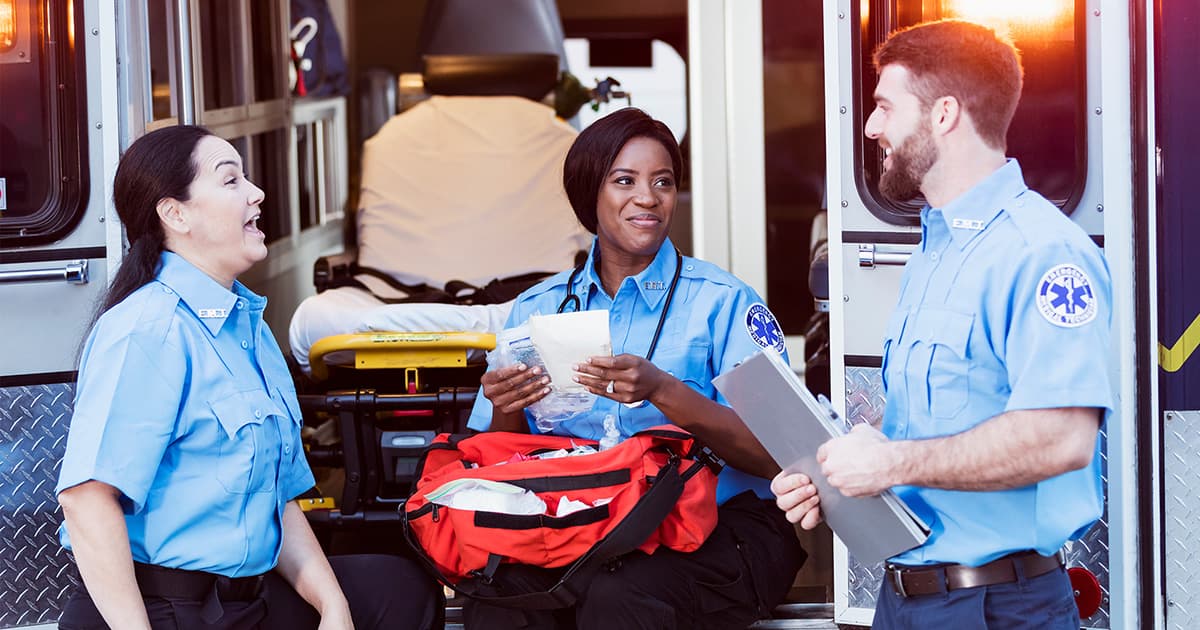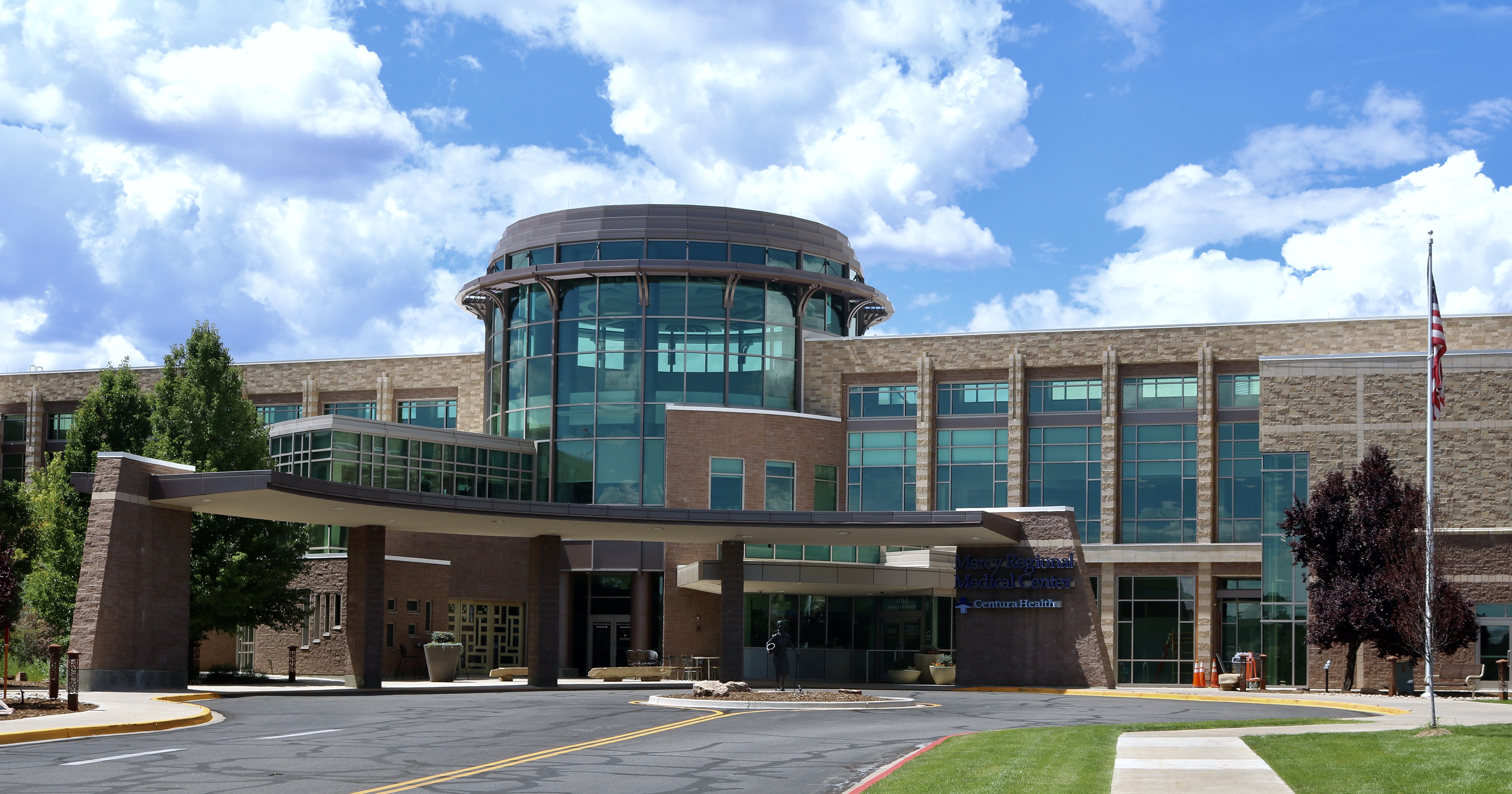
There's still much to learn about appropriate identification and triage of our stroke patients, but it is also important to understand
what we can do NOW.
A recent article on MedPage Today discussed bridging therapy for stroke patients as a potential tool for improving patient outcomes:
Bridging therapy made functional independence equally likely for stroke patients transported first to primary stroke centers without endovascular capabilities and peers taken straight to a comprehensive stroke center, a study showed.That strategy of IV thrombolysis within 4.5 hours of symptom onset at one center followed by transport to another where mechanical thrombectomy can be performed within 6 hours of symptom onset was just as likely to produce good functional outcomes 3 months later (modified Rankin scale scores of 2 or below) as transporting patients straight to a thrombectomy-capable center (61.0% versus 50.8%, P=0.26) -- even after multivariable adjustment (P=0.82).
"This study found that patients treated under the drip-and-ship paradigm also benefit from bridging therapy, with no statistically significant difference compared with those treated directly in a comprehensive stroke center," Sonia Alamowitch, MD, of Hôpital Saint-Antoine in Paris, and colleagues reported online in JAMA Neurology.
>> Continue reading.
In the article, Louis R. Caplan, MD, of Beth Israel Deaconess Medical Center in Boston also recommended several changes to all stroke centers:
- Efforts to upgrade physician personnel and training as well as brain and vascular imaging technology at primary stroke centers
- Training ambulance personnel to recognize strokes and to identify the more serious strokes and those most likely to have large artery occlusions
- Giving distance and travel time information to primary stroke centers and comprehensive stroke centers in their jurisdiction
- Acquisition of enough skilled personnel, technology, and protocols at comprehensive stroke centers
- Ongoing cooperation and teaching between spoke-and-hub and telemedicine-connected centers
- Continued research identifying the patients likely to respond to endovascular thrombectomy without or after IV tPA
Take a moment to review Dr. Caplan’s recommendations and ask yourself a few questions:
Remember, YOUR entire stroke team does not work for a single department, facility or EMS agency.
It takes an army. It takes all of us. If you are struggling with any of these questions,
contact us. We can help you right NOW!
 James Woodson, MD
James Woodson, MD

 There's still much to learn about appropriate identification and triage of our stroke patients, but it is also important to understand what we can do NOW.
There's still much to learn about appropriate identification and triage of our stroke patients, but it is also important to understand what we can do NOW. 
![[PRESS RELEASE] Published Research Finds Up to 31% Faster STEMI Treatment Times in Rural Hospital Setting with Pulsara](https://www.pulsara.com/hubfs/_1_website-page-blog-assets/pulsara-hosp-teams-assign-cardio-stemi-rn-1200x701.jpg)

